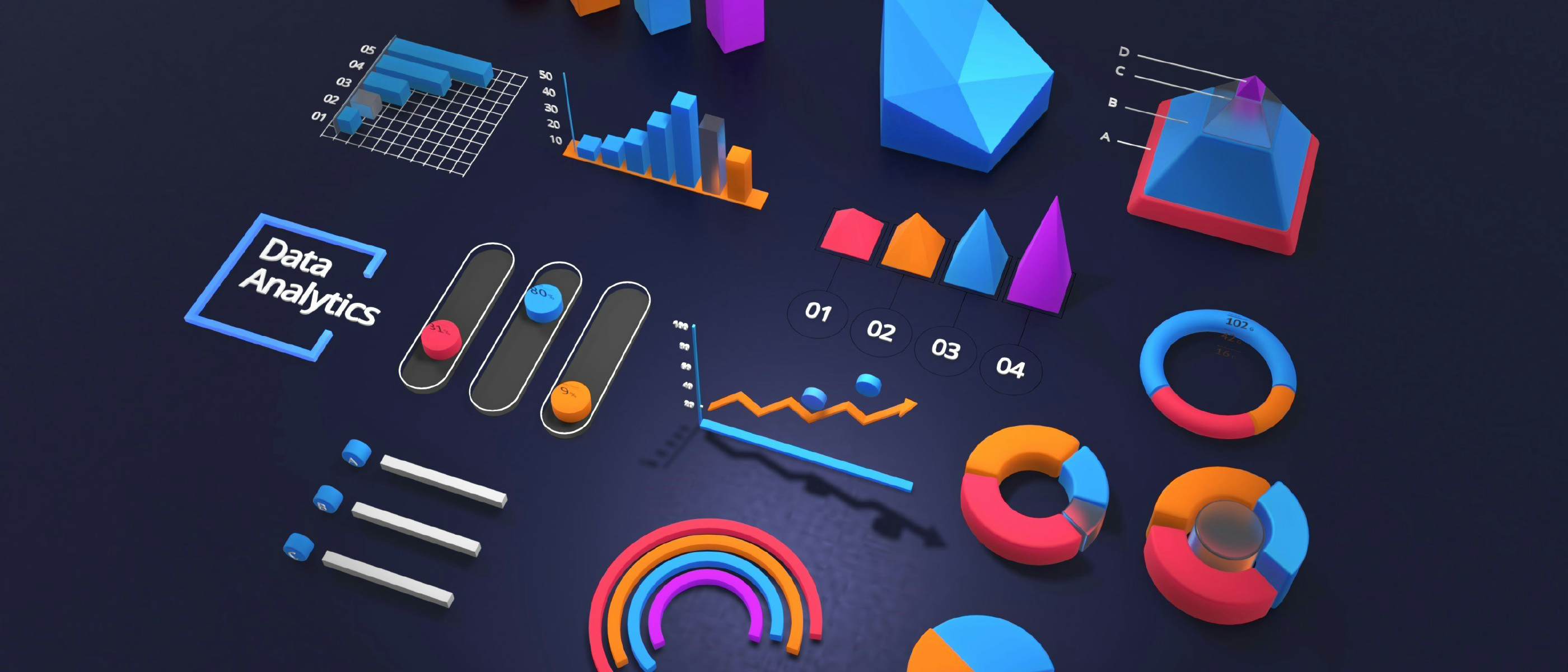Part 1: Why consider Chart.js with Power Pages
Posted on November 12, 2024 (Last modified on November 28, 2024) • 2 min read • 393 words
We are going to have a look at how to use open-source library Chart.js. In this first blog it will focus on a simple example and the 2nd blog in the series will present something more complex.
Why use Chart.js
- It’s open source and has plenty of customisation options.
- It’s free compared to paid tools such as Power BI embeddings.
- More control of the styling compared to a classic chart in Dynamics 365.
When to not use Chart.js
- Exposing sensitive data as it runs client side whereas Power BI is more secure and includes row level security.
- Complex charts requirements, Power BI would be a better choice for this as it has a lot more features.
Summary
- Use Chart.js for lightweight, custom visualisations where you need full styling control.
- Use Power BI for secure, enterprise-grade analytics, and complex dashboards.
Simple example
By the end of the example you should have the below bar chart in Power Pages by using Chart.js.

W3Schools provide a great example for us to use, so let’s get started.
Note
As this is straightforward example with not using any liquid etc, this code has been placed in a web page.
Add the CDN link to your HTML web page of your choice.
<script src="https://cdnjs.cloudflare.com/ajax/libs/Chart.js/2.9.4/Chart.js"></script>Add the canvas element to where in the HTML you want to display the chart.
<canvas id="myChart" style="width:100%;max-width:700px"></canvas>Copy the below JS code to your web page JS section.
const xValues = ["Italy", "France", "Spain", "USA", "Argentina"];
const yValues = [55, 49, 44, 24, 15];
const barColors = ["red", "green","blue","orange","brown"];
new Chart("myChart", {
type: "bar",
data: {
labels: xValues,
datasets: [{
backgroundColor: barColors,
data: yValues
}]
},
options: {...}
});Sync your changes and refresh the cache on your browser and you should be able to view the chart.
Full HTML code below.
<script src="https://cdnjs.cloudflare.com/ajax/libs/Chart.js/2.9.4/Chart.js"></script>
<div
class="row sectionBlockLayout text-start"
style="min-height: auto; padding: 8px;"
>
<div class="container" style="display: flex; flex-wrap: wrap;">
<div
class="col-lg-12 columnBlockLayout"
style="padding: 16px; margin: 60px 0px; min-height: 200px;"
>
<h1>Out of the box example</h1>
<canvas id="myChart" style="width:100%;max-width:600px"></canvas>
</div>
</div>
</div>Conclusion
To recap, Chart.js is a great tool and its worth looking into for straightforward charts for Power Pages. If you want build a chart by using data from Dataverse then check out Part 2 of the series.
Have a great day!